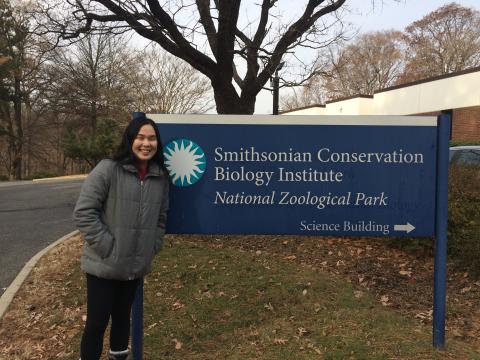News
Displaying 851 - 875 of 2289

February 01, 2019
Rescuing Reptiles in Myanmar
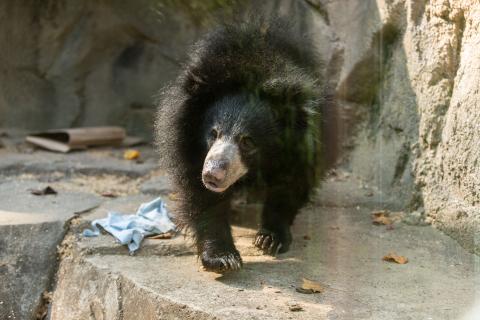
February 01, 2019
Training Update: Sloth Bear Ultrasound

February 01, 2019
New at the Zoo: Prehensile-Tailed Porcupine, Quillbur

February 01, 2019
#GorillaStory: Moke on the Mend
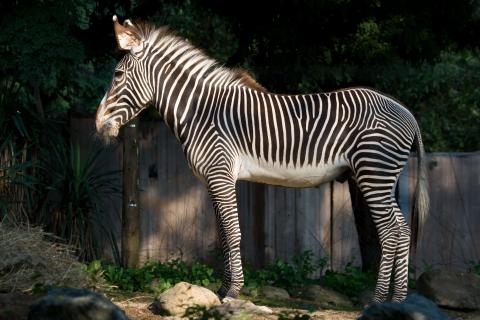
January 31, 2019
7 Facts to Celebrate International Zebra Day!
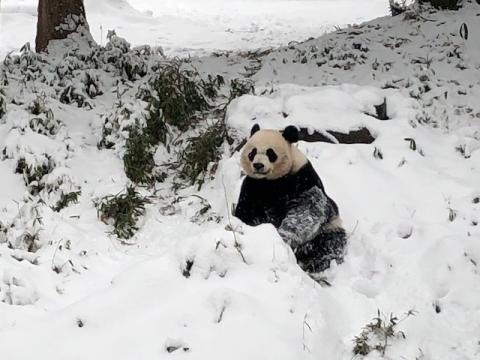
January 30, 2019
Catching Up With the Pandas
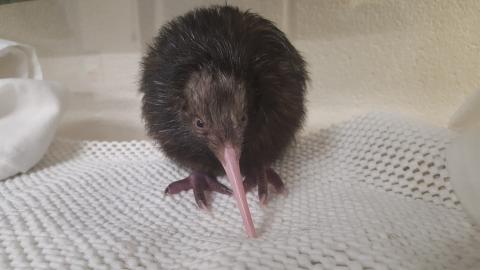
January 29, 2019
Top Animal News Updates
January 29, 2019
Top Animal News Updates

December 28, 2018
2018 Conservation Wins, Part Two
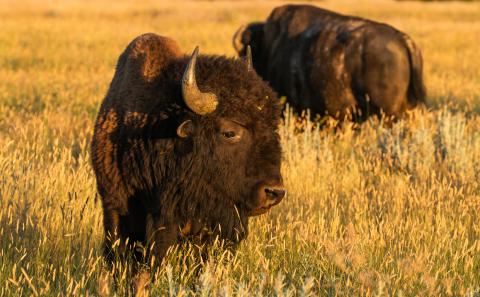
December 27, 2018
2018 Conservation Wins, Part One
December 27, 2018
Dama Gazelle Dies at Smithsonian's National Zoo
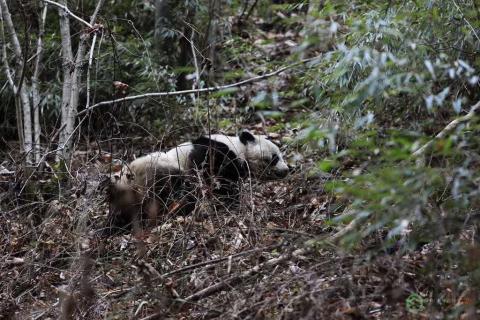
December 21, 2018
Giant Panda Activity Discovered in Bamboo Restoration Plots
December 19, 2018
Smithsonian Scientists Unlock the Mystery of Dragonfly Migration
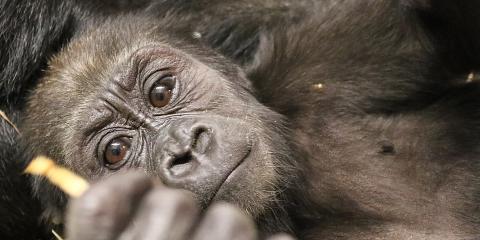
December 14, 2018
#GorillaStory: Musical Moke
December 12, 2018
Red Panda Dies at Smithsonian Conservation Biology Institute

November 30, 2018
The Panda House is Getting a Makeover
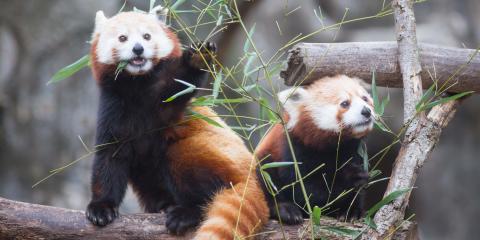
November 30, 2018
Creature Feature: Red Panda Scent-Marking
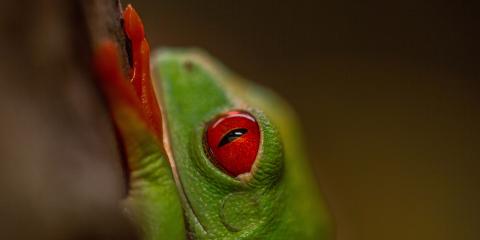
November 30, 2018
New at the Zoo: Red-Eyed Tree Frogs
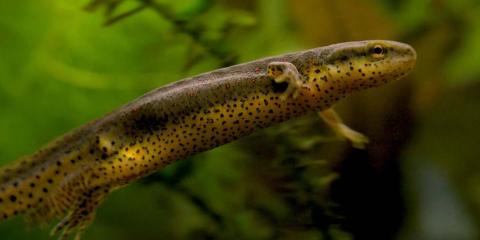
November 30, 2018
Salamanders Helping Salamanders
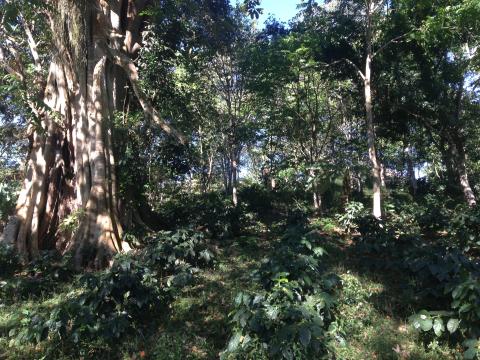
November 30, 2018
Made in the Shade: Bird-Friendly Coffee
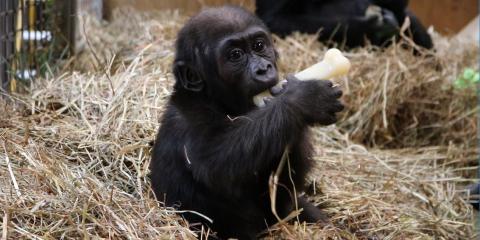
November 30, 2018

